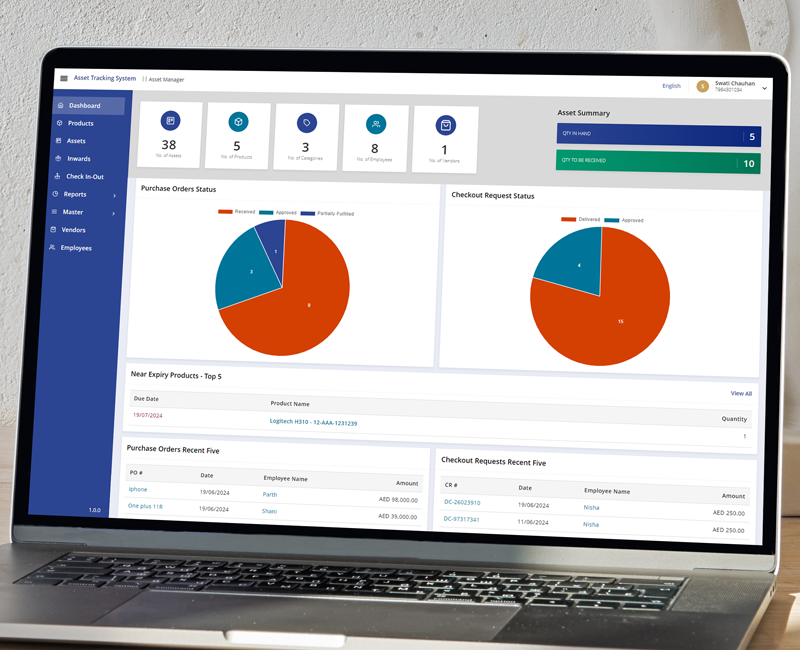The past year, 2014 has left us with so many clues as to how the future of Enterprise
mobility will be and the role that HTML 5 will be playing in the development of Enterprise mobility apps seems to promising. HTML5 is already witnessing fast adoption rates and is expected to become one of the leading trends of 2015. Let us have a look at the impact HTML 5 is able to create in enterprise mobility.
Interoperability
HTML 5 is the best platform to develop interoperable apps and it also provides patent protections to vendors and angular developers implementing HTML 5 technology. It is expansive, gets a lot of input from various players and has a great standards body behind it.
The rise of hybrid apps
Browsers have already shifted to the HTML 5 platform in large numbers but with the increasing need for WebView components in mobile platforms, the need for adopting HTML5 for developing hybrid apps has also increased. Previously hybrid apps had to contend with inferior WebView that had limited performance. But with HTML 5, hybrid apps have felt a huge revival and this could probably be the biggest use of HTML 5 in 2015.
Bimodal development strategy
Enterprises have shifted towards a ’bimodal’ strategy wherein non-programmers are inclined towards low coding platforms and IT angular developers show more focus in traditional platforms. Mode 2 where non-programmers use high productivity platforms like HTML 5 provides faster development and experimentation.
Cloud based mobile development
Cloud applications are changing the fundamental principles of software deployment and use. They have numerous benefits over traditional apps and it is no wonder the mainstream activity of enterprise mobility is steered towards a cloud based mobile development. Though cloud applications were well known for their advantages over traditional apps, angular developers were tardy in adopting cloud model due to the fact that the needed SDKs and tools needed to be downloaded and run natively. But this has changed thanks to HTML5 which makes it easy to deliver a native-like user experience consistently across browsers while providing the cloud services.
Thus HTML 5 has made it possible to use cloud based development tools without having to install any infrastructure.
HTML 5 Vs Native
The final outcome of the ongoing battle between HTML 5 based development and native development has already been realized with the winning title going to HTML 5. While native development has its own loyal followers, HTML 5 has surpassed it by becoming the most sought after for enterprise mobility. It is much more economical and hence has become the natural choice for enterprise apps that have fewer users and limited budget. HTML 5 is also fast on its way to fixing the performance quirks and slick look that it lacks.
While native apps may still be preferred for developing apps meant for millions of audience in a large scale, HTML 5 apps have won the hearts of the enterprise community where portability, time to market and budget matters the most.
Want to built the application for you? Then contact Sufalam Technologies to know more.














